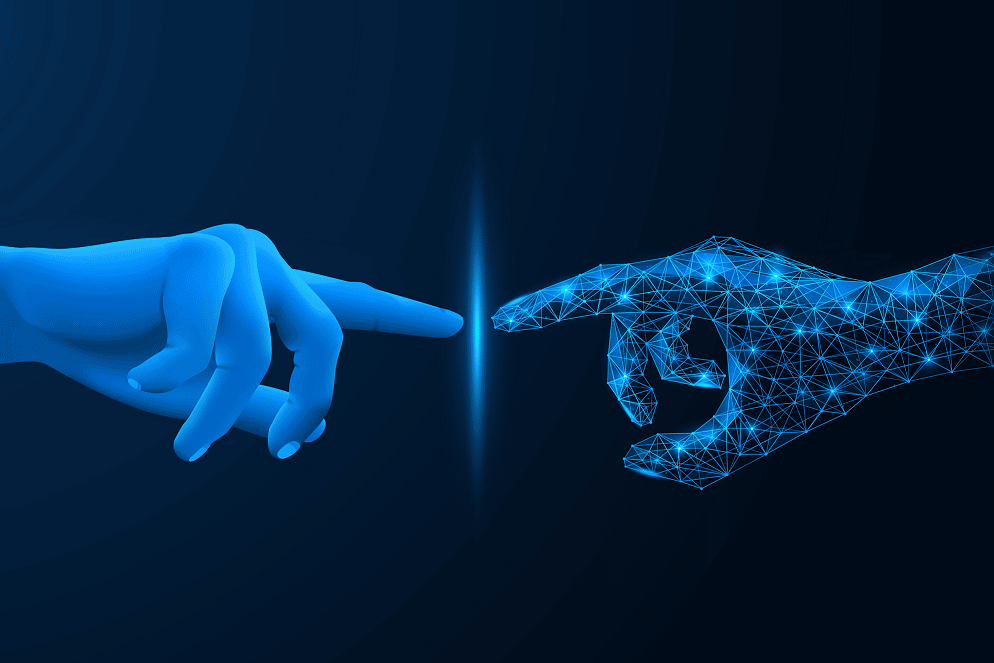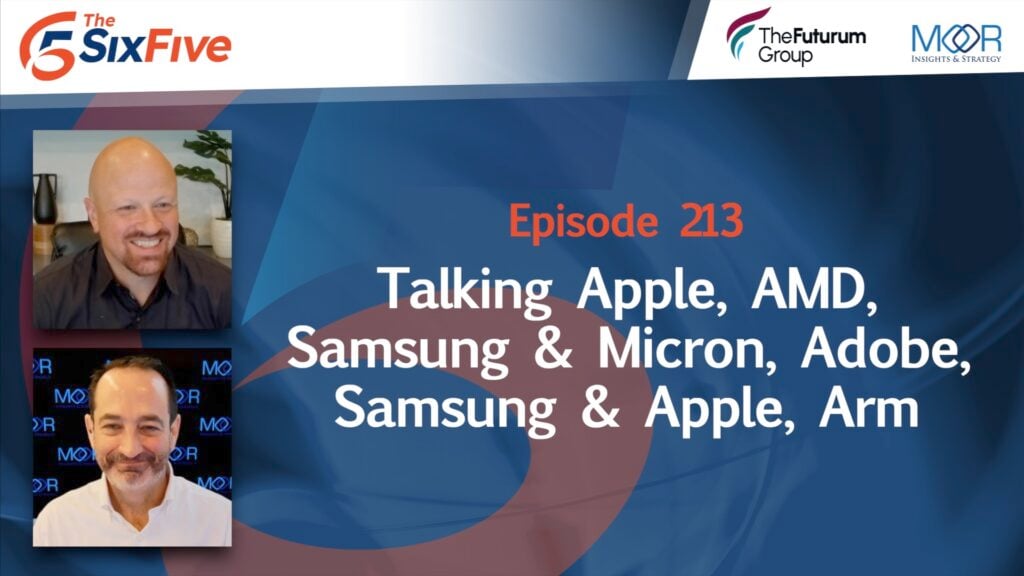In just a few years, omnichannel engagement strategies have morphed from a nascent concept to becoming table stakes for most consumer-facing organizations. Largely driven by the shift to digital communication channels, such as SMS, webchat, and mobile applications, consumers have demanded the ability to interact with companies on their own terms, and through the channels the customers themselves prefer.
The next step in the evolution of customer interaction and engagement is likely to be in the form of so-called “phygital” experiences, which are defined as experiences that meld the best elements of digital experiences (immediacy, convenience, and personalization) with the best elements of the physical world (immersion, interaction, and experiential).
Key examples of phygital experiences include the following technologies and techniques, which are designed to combine digital and real-world experiences in ways that enhance the customer experience by enabling more seamless, friction-free, and interactive engagements with a product or service offering.
Augmented Reality: This technology overlays additional information or images onto real-world pictures or video, to enhance the experience of the user. A key use case can be found in the head-up displays in automobiles, which today superimpose automobile and directional information into the driver’s field of vision, but will integrate more complex data and enhanced imagery in the vehicles of the future.
Virtual Reality: Through the creation of virtual environments that simulate physical establishments such as clothing stores or supermarkets, this technology allows the user to experience a real-world place from the comfort of their home or device. Virtual seating models of stadiums, arenas, and theaters, which allow a user to select a seating location from a 3D model, and then see what the approximate view of the performance space will be from the seat, are great examples of a phygital experience being used today to improve the overall real-world physical experience.
Beacons and QR Codes: Beacons are Bluetooth devices that are installed within stores and send information to mobile devices, can include product information, and can also be used to help shoppers navigate throughout the store or space. QR codes, meanwhile, are two-dimensional barcodes that store data encoded as links to download an app or access a web page, allowing the customer to quickly access more information. In both cases the objective is to provide additional information, guidance, or data they can use to enhance their shopping or physical experience.
Go supermarkets: Largely deployed by Amazon, these supermarkets allow customers to scan products they want to purchase, and then automatically pay for them as they leave the store. The combination of selecting products in a store, and paying for them digitally is designed to eliminate key friction points—waiting in line to physically check out, scanning products, and then bagging them.
Digital Screens: The use of digital screens offers numerous options when it comes to establishing new experiences for consumers, such as virtual clothing fitting rooms or by connecting customers in their home with live experiences an ocean away. Great examples of this technology are the exercise-focused Mirror screens, which let users interact back and forth with a live trainer.
Making a connection
Phygital experiences must be immediate, connected, and engaging to be successful and ensure a positive customer experience. Immediacy is critical in a world where instant gratification is the norm, and consumers will not accept phygital experiences that force them to wait or queue up.
Consumers also demand connected phygital experiences; all interactions should feel like a two-way conversation with the brand or organization, and this interaction should feel natural and supportive of the customer’s needs and goals. Secondly, each element of the phygital experience – both online and physical – should be connected. Quality should not drop off or be lost when switching between the two realms.
Perhaps most importantly, it is important to make phygital experiences convenient, fun, and relevant to customers. If the experience is not engaging or relevant to the customer, the effort to create the experience will be wasted, and the efforts could be seen simply as a poor attempt at hopping on the phygital bandwagon.
Ultimately, the goal of phygital experiences is to enhance engagement with a brand or organization. Prospective use cases for phygital should be vetted to ensure they underscore the key messaging and brand promise of the organization, reduce or eliminate points of friction, and enhance a customer’s experience, allowing them to receive a better sales, marketing, operational, or support experience than a digital-only or physical-only experience.
Author Information
Keith has over 25 years of experience in research, marketing, and consulting-based fields.
He has authored in-depth reports and market forecast studies covering artificial intelligence, biometrics, data analytics, robotics, high performance computing, and quantum computing, with a specific focus on the use of these technologies within large enterprise organizations and SMBs. He has also established strong working relationships with the international technology vendor community and is a frequent speaker at industry conferences and events.
In his career as a financial and technology journalist he has written for national and trade publications, including BusinessWeek, CNBC.com, Investment Dealers’ Digest, The Red Herring, The Communications of the ACM, and Mobile Computing & Communications, among others.
He is a member of the Association of Independent Information Professionals (AIIP).
Keith holds dual Bachelor of Arts degrees in Magazine Journalism and Sociology from Syracuse University.









